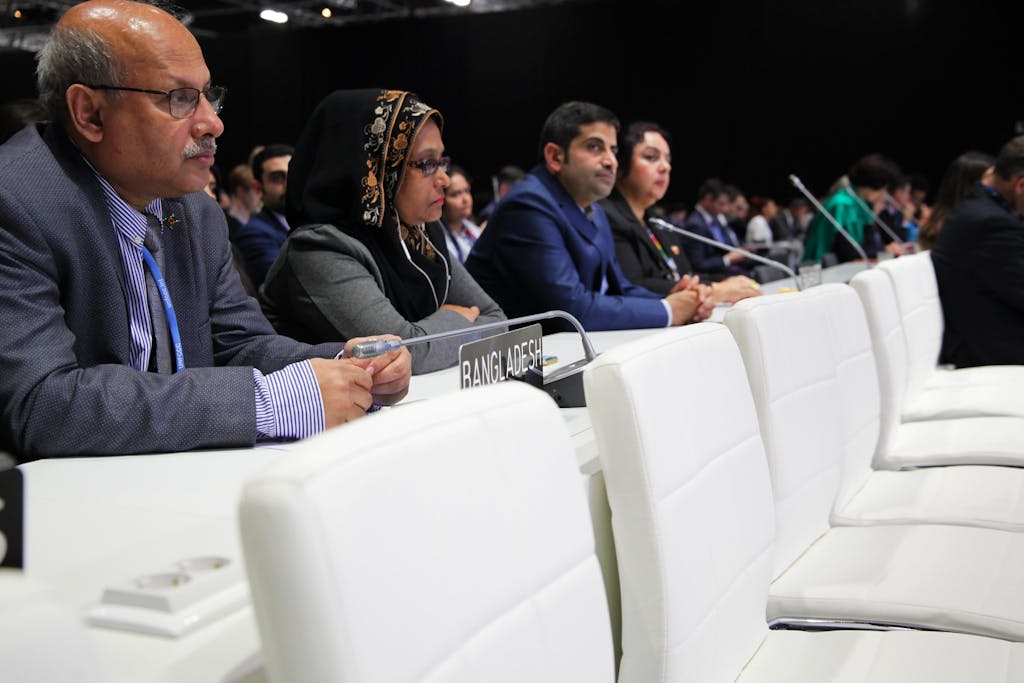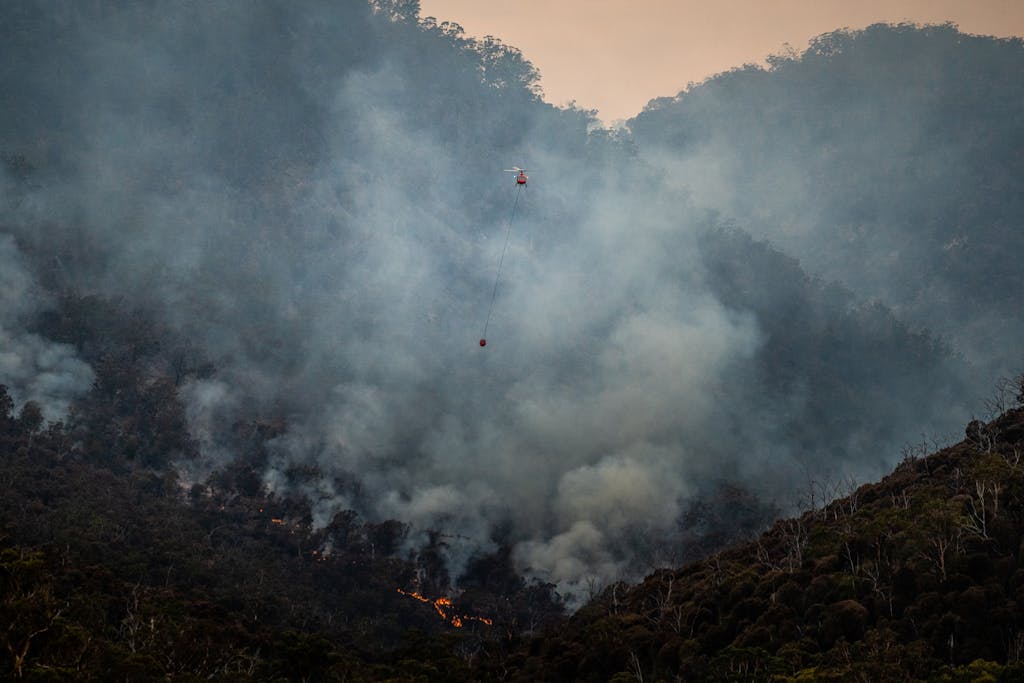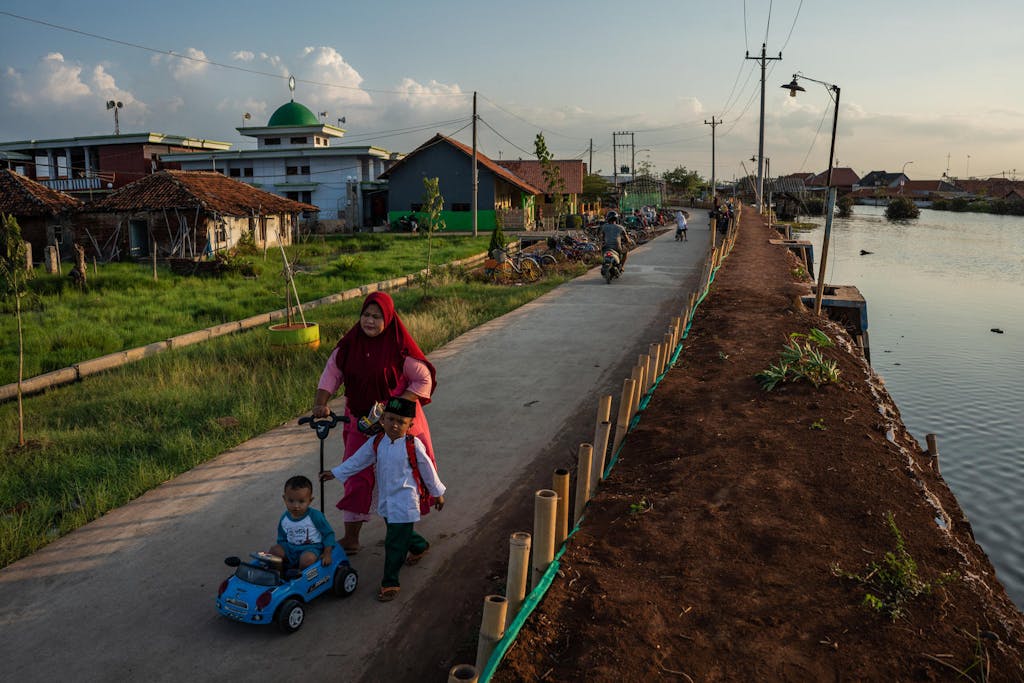First Things First: What is COP 26?
The Conference of the Parties (COP) to the United Nations Framework Convention on Climate Change (UNFCCC) is a two-week conference that has taken place annually in late fall since 1995. At its core, it is a formal negotiating session for countries to advance their climate commitments and actions, but it has also become an important forum for a wide variety of stakeholders from around the world to gather and discuss the climate crisis and solutions.

The Paris Agreement, reached at COP 21 in 2015, is the crown jewel of the UNFCCC process since it gave the world its first universal global agreement on climate change. The Paris Agreement now provides the structure and orientation for the annual COP negotiations. The 26th COP was meant to take place in Glasgow in November 2020, but it was postponed due to the COVID-19 pandemic. The conference will now take place during the first two weeks of November 2021.
Why is COP 26 so Important?
Not only is the annual COP the moment for stakeholders across the world to collectively grapple with the climate crisis, but this particular COP comes at an especially critical time. Climate has risen to the top of the global agenda, with the UN Secretary-General calling the recent report of the Intergovernmental Panel on Climate Change a “code red for humanity.”
Given the devastating climate impacts we have seen this year — from drought and wildfires to severe flooding and rising sea levels —countries need to decisively ramp up their climate abatement ambition. Furthermore, this COP represents a deadline for countries to submit new and enhanced nationally determined contributions (NDCs) for 2030 — the pledges countries put forward every five years under the Paris Agreement. A successful COP 26, marked by strong country commitments, will be critical to keep within reach the Paris Agreement goal of limiting warming to 1.5°C above preindustrial temperatures.
What are the Key Issues to Watch at COP 26?
Over the two weeks of the COP, we will be looking for negotiators to make progress in four key areas:
1. Ambition: All parties to the Paris Agreement were asked to submit updated 2030 pledges (NDCs) by COP 26. However, current climate commitments put the world on track to blow through 2°C of warming by the end of the century, which would result in catastrophic climate impacts. Every fraction of a degree of warming makes a significant difference — for reference, the extreme weather we are already witnessing around the world was caused by 1.1°C above preindustrial levels. At 1.5°C — the temperature many scientists consider the upper bound of Earth’s safe zone — hundreds of millions of people will experience devastating heat waves, droughts, severe weather, and sea level rise, even as an overwhelming number of animal and plant species go extinct.

That is why it is imperative that countries participating in the COP close the gap between the current emissions trajectory and one that would limit warming to 1.5°C. Many nations, including the United States and countries of the European Union, as well as South Africa, Kenya, Bhutan, and other lower-income states, have enhanced their 2030 NDCs over the past year. Several other countries, including China, Russia, and Australia, have either failed to submit new NDCs or their updated pledges are no stronger than previous ones. Those countries should and will feel pressure to step up in the coming weeks.
2. Finance: At COP 15 in Copenhagen (in 2009) and again at COP 21 in Paris (2015), developed economies committed to mobilize $100 billion annually in public and private financial support by 2020 to help developing economies chart a sustainable course of economic development and address the impacts of climate change. Unfortunately, it is estimated that rich countries’ climate finance to developing economies still falls about $20 billion short of their $100 billion pledge. While many developed economies have enhanced their contributions — including President Joe Biden’s recent announcement that the United States will commit $11.4 billion per year by 2024 — a shortfall remains. In response, today Germany, Canada and the UK published a new report focused on delivering on the $100 billion per year goal, which they estimate will be reached at the latest by 2023.
At COP 26, wealthier nations will need to demonstrate solidarity and renewed commitment to meeting the climate finance goal that they set more than a decade ago. Without progress on climate finance, developing economies will lack the resources they need to accelerate their transition to clean, sustainable, climate-resilient economies. Such a scenario could inflame tensions between developed and developing economies, which in turn could threaten their ability to rally around a strong outcome in Glasgow and beyond.
3. Adaptation: As countries grapple with the increasingly devastating impacts of climate change, adaptation will likely be a major focus at COP 26. “Climate adaptation” refers to the changes communities will need to make in response to mounting climate impacts. Strategies to adapt and build resilience vary widely, from raising roads in flood-prone areas to restoring mangroves to protect vulnerable coastlines from hurricanes. The UN Secretary-General is calling for at least 50% of climate finance to be dedicated to help the most vulnerable countries adapt to the effects of global warming.

With less than a quarter of total climate finance currently dedicated to adaptation, the COP will be an important test of whether countries will prioritize climate-proofing communities, with a particular emphasis on the most vulnerable countries — those that are unfairly facing drastic impacts of a climate crisis they did little to cause.
4. Finalizing the Paris Rulebook: Countries are expected to finalize the rules needed to implement the Paris Agreement (which are frequently referred to as the “Paris Rulebook”), including agreeing on common approaches to carbon markets, transparent national reporting on emissions, and common five-year time frames for submitting updated NDCs.
What Comes Next?
If global leaders can work together in Glasgow to raise ambition, deliver climate finance, and help countries on the front lines of climate change adapt to worsening impacts, then COP 26 will have been the catalyst for progress that the world so desperately needs.
What happens in Glasgow matters immensely, but COP 26 is not the end of the road. Countries will need to follow up commitments made at the COP with concrete plans and actions. In the months ahead, pledges made at the COP, including enhanced NDCs, must be implemented on the ground in every country. Governments will need to work arduously to deliver on their commitments and achieve the goals of the Paris Agreement.
But in the fight against climate change, national governments do not stand alone. Countries play a central role, but many other actors — from civil society and businesses, to subnational actors like city mayors, to youths and Indigenous leaders — must also be part of the solution. COP 26 is just the next step in our long journey to protect the planet from the climate crisis we face — it will take every one of us to see that journey through.






